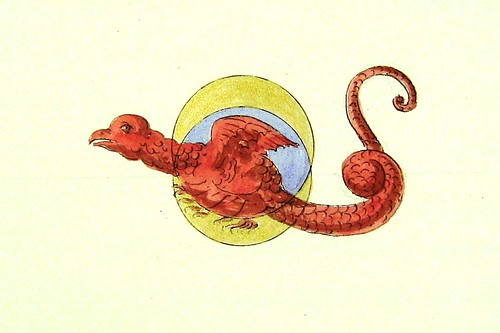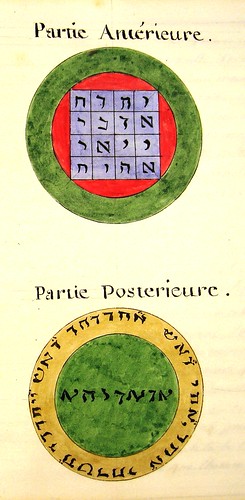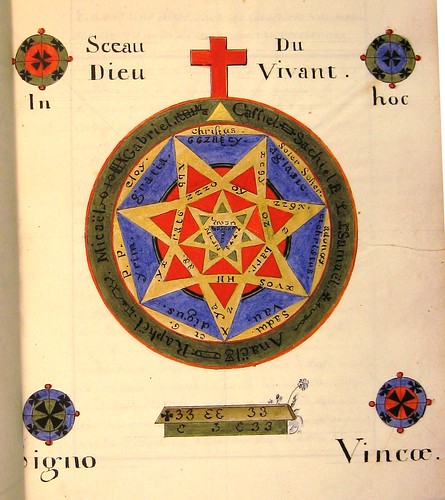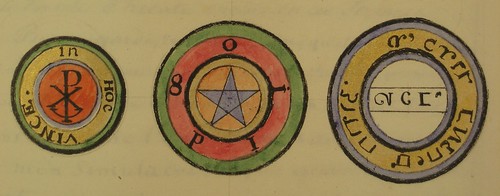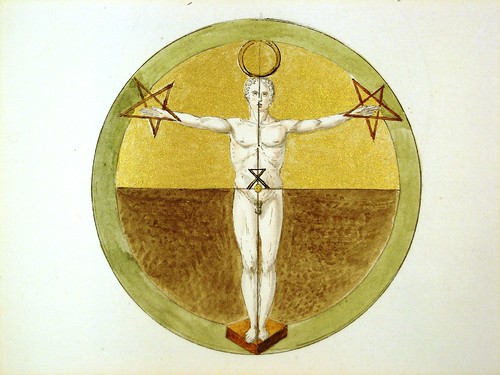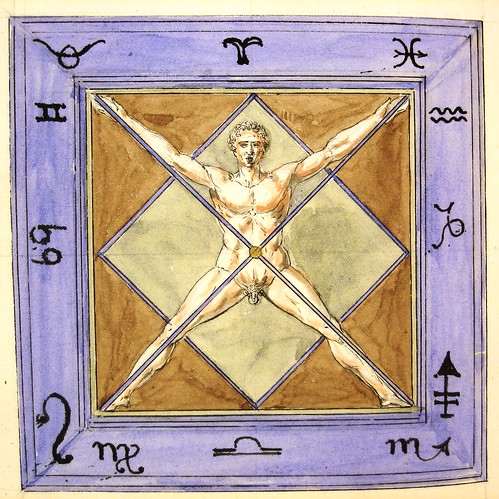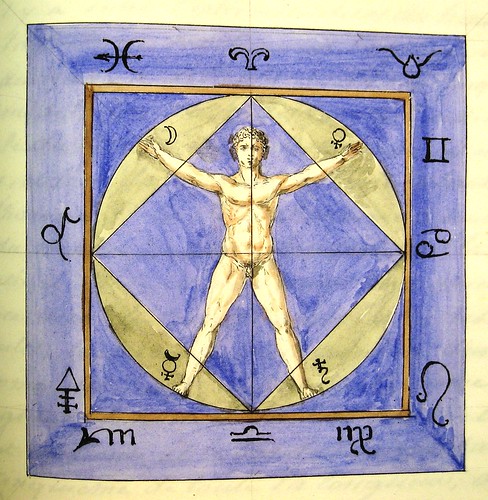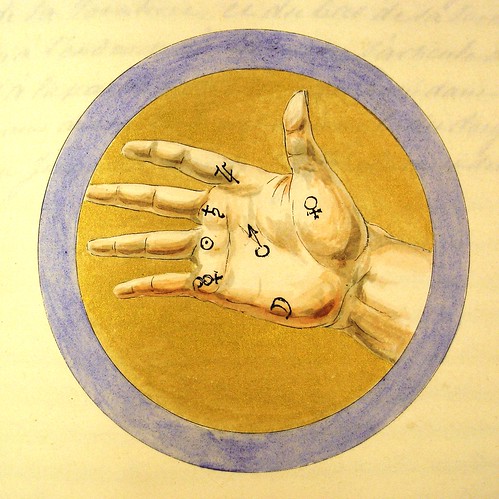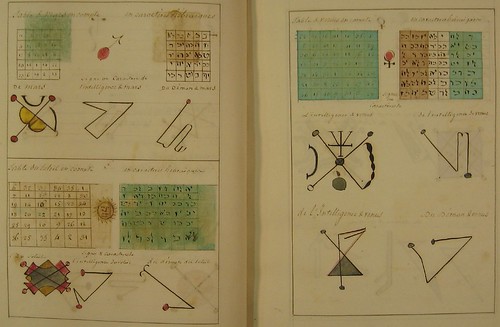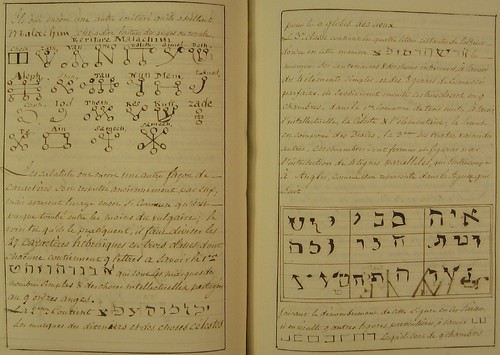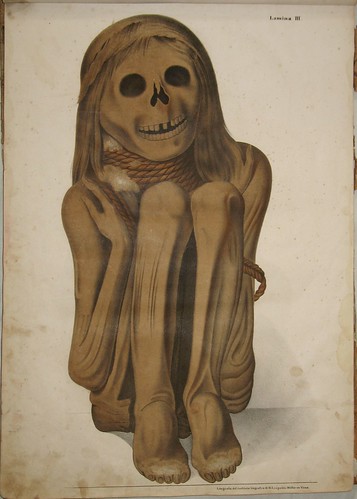













If you had it in mind to inspire a seven or eight year old child to develop an interest in latin or classical literature, you could do worse than to offer the neoclassical minimalism of John Flaxman's line drawings as colouring-in exercises. After all, the illustration series Flaxman produced in 1792 and 1793 for the Iliad, the Odyssey, Dante's Divine Comedy and Aeschylus, served to inspire an entire world of art.
Flaxman (1755–1826) came from humble beginnings in England without much in the way of formal education. He began to draw and make models in his father's plaster moulding workshop and he read translations of the classics for a better understanding of the casting designs. His efforts attracted influential admirers who introduced him to other artists (including life-long close friend William Blake) and led to his enrolling in the Royal Academy at the age of fifteen where he received many awards, particularly for his sculptures.
Four years later, the great Josiah Wedgwood hired Flaxman as a modeller of medallions, portraits, friezes, vases and ornamental figurines that were being made from the newly fashionable jasperware and basaltware (which remain highly desirable objets d'art today). In his spare time Flaxman conducted a sideline business sculpting funerary monuments, a craft in which he excelled throughout his life. [His memorials grace the likes of Westminster Abbey, Chichester and St Paul's Cathedrals and culminated in his being appointed Professor of Sculpture at the Royal Academy in 1810.]
By 1787 Flaxman had established a modest reputation as a designer and sculptor and he went to Rome both to broaden his artistic education (vicariously shared with Blake, who was never able to make the trip) and to direct the local Wedgwood operation. His monumental sculpting continued unabated and indeed, generated sufficient commissions that he delayed returning to England for seven years.
Surviving sketchbooks attest to Flaxman's brilliance as a reductionist, with a great appetite for a wide range of stylistic influences which he drafted into simplistic classical forms. The Dante images above derive most specifically from ancient Greek vase motifs but beyond the antiquities, Flaxman was able to absorb elements from the Renaissance, Gothic art and Northern European schools, which were all equally refined and synthesised into his economical and delicate line drawings.
"For him this was the essence of formal as well as moral purity - a host of totally different works of art, gathered en route and transposed almost casually into identical sterile patterns - from prototype into stereotype." ('John Flaxman and Francisco Goya: Infernos Transcribed' by Sarah Symmons IN: The Burlington Magazine, 1971. V.113 No.82)The ninety-nine illustrations produced by Flaxman for Dante's 'La Divina Commedia' (The Divine Comedy) equate to a drawing for each Canto in each of the three sections of the epic poem - Inferno, Purgatorio and Paradiso - and were first released in book form in 1793. [The great majority of the example images above are from the Inferno (of course!) - mouseover for titles]
The illustration series (engraved by Tommaso Piroli) brought Flaxman widespread fame and transformed him into the leading British neoclassical artist of the day. The influence upon the European artistic community was immediate and profound. There was an enthusiasm for the classical form - (Blake expressed it this way: "the purpose for which alone I live, which is ... to renew the lost Art of the Greeks") - and Flaxman's spare graphic approach was new and innovative and widely respected. Artists such as Fuseli, Philip Otto Runge, Girodet-Trioson, David and Ingres, Blake (of course) and Goya all found inspiration and many were moved to emulate (Goya virtually copied one scene*) the Flaxman style.
A longer lasting effect among young and developing artists came about because Flaxman's illustration book(s) were both affordable (as opposed to the classical pattern books recommended by the purists) and proved popular because "[t]heir bland, non-committal simplicity made them a series of formal exercises suggesting endless possibility."
It took me a while before I decided I liked this illustration series. As occasionally happens, delving into the background and becoming intrigued by the contemporary significance made me return to look at the images a bit more closely. I'm not necessarily a great fan of
- The complete series of 'La Divina Commedia' is online at Cornell University's Division of Rare and Manuscript Collections.
- The images in this post have also been uploaded to wikimedia.
- Web Gallery of Art biography.
- Art and Architecture have 80 images, mostly funerary monuments and friezes.
- Royal Academy of Arts Collection have about 70 images, mostly preliminary sketch work.
- John Flaxman Collection at University College London (descriptive only)
- Wedgwood and John Flaxman.
- Jasperware vase - 'wedgwood blue'.
- Neoclassicism.
- A rough view of Flaxman's 'Odyssey'.
- Dante online is a comprehensive site with transcripts/translations and a long biography.
- The Divine Comedy by Salvador Dali.
- Two partially accessible JSTOR journal articles.
- Addit: An OCR-scan of Michael Greenhalgh's book, 'The Classical Tradition in Art' 1978, is hosted by ANU in Canberra (see Ch. 11 & 12).
